
Russia seizing thousands of homes in occupied Mariupol
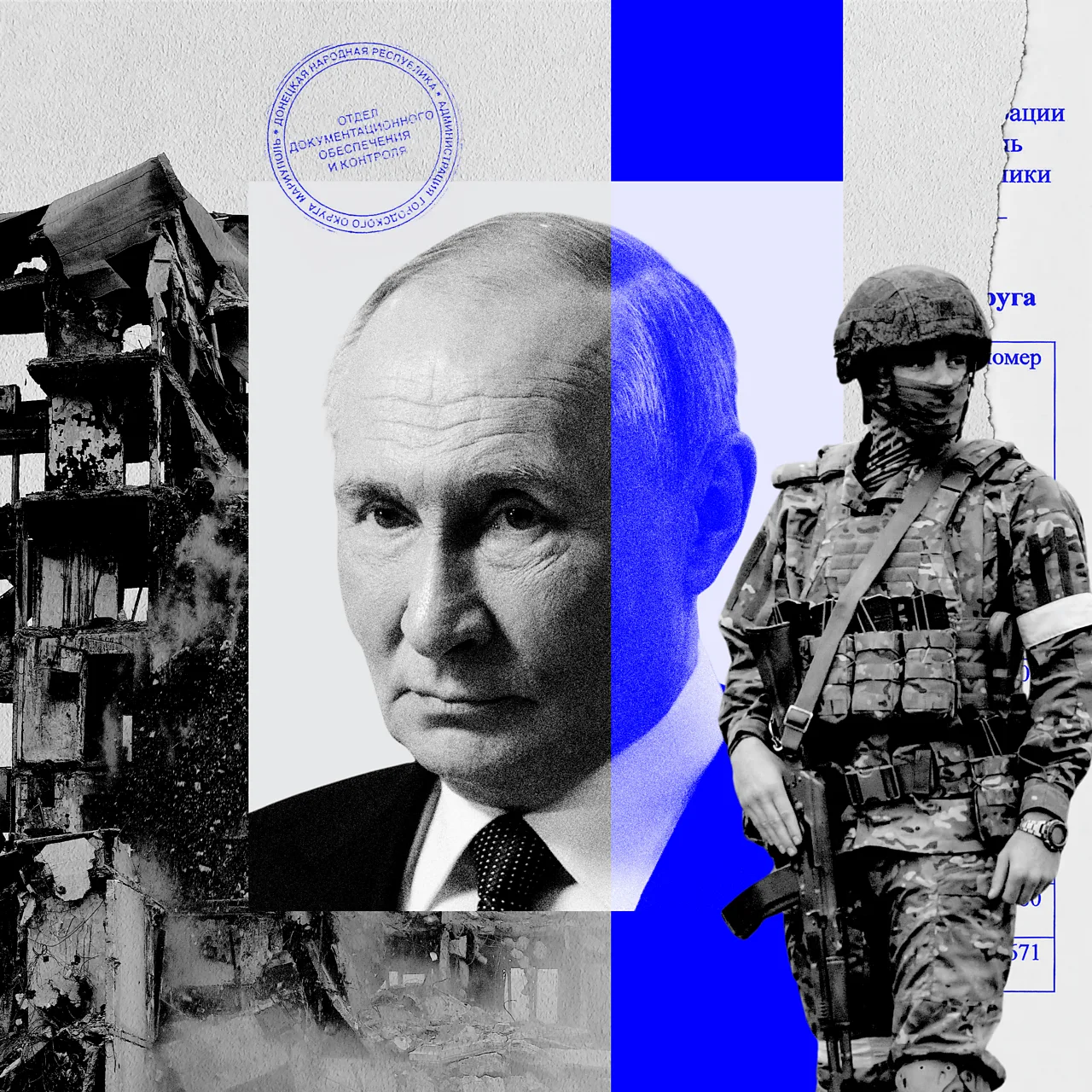
Russian authorities are systematically seizing thousands of homes from Ukrainian residents of Mariupol, a BBC Verify investigation has found as the city marks three years of occupation.
At least 5,700 homes have been identified for seizure, many belonging to people who had to flee the city, our analysis of documents published by the Russian-installed city authorities since July 2024 shows.
To save their homes, Ukrainians would have to face a dangerous return to Mariupol via Russia, gruelling security checks, a complex bureaucratic process and overwhelming pressure to accept a Russian passport.
Most of the impacted properties were once occupied by Ukrainians who either fled or died during Russia's 86-day siege of the strategically important city in 2022. Human Rights Watch said the bombardment killed more than 8,000 people, but noted that figure is "likely a significant underestimation".
The confiscations appear to be part of a larger scheme to “Russify” the occupied coastal city, which includes the construction of new military facilities and renaming streets to Moscow-approved titles.
Russia’s siege left 93% of Mariupol’s high-rise buildings - 443 towers - destroyed or damaged, a study by Human Rights Watch found. Since then, Russia claims to have built more than 70 new blocks of flats, but locals say a huge housing shortage persists.
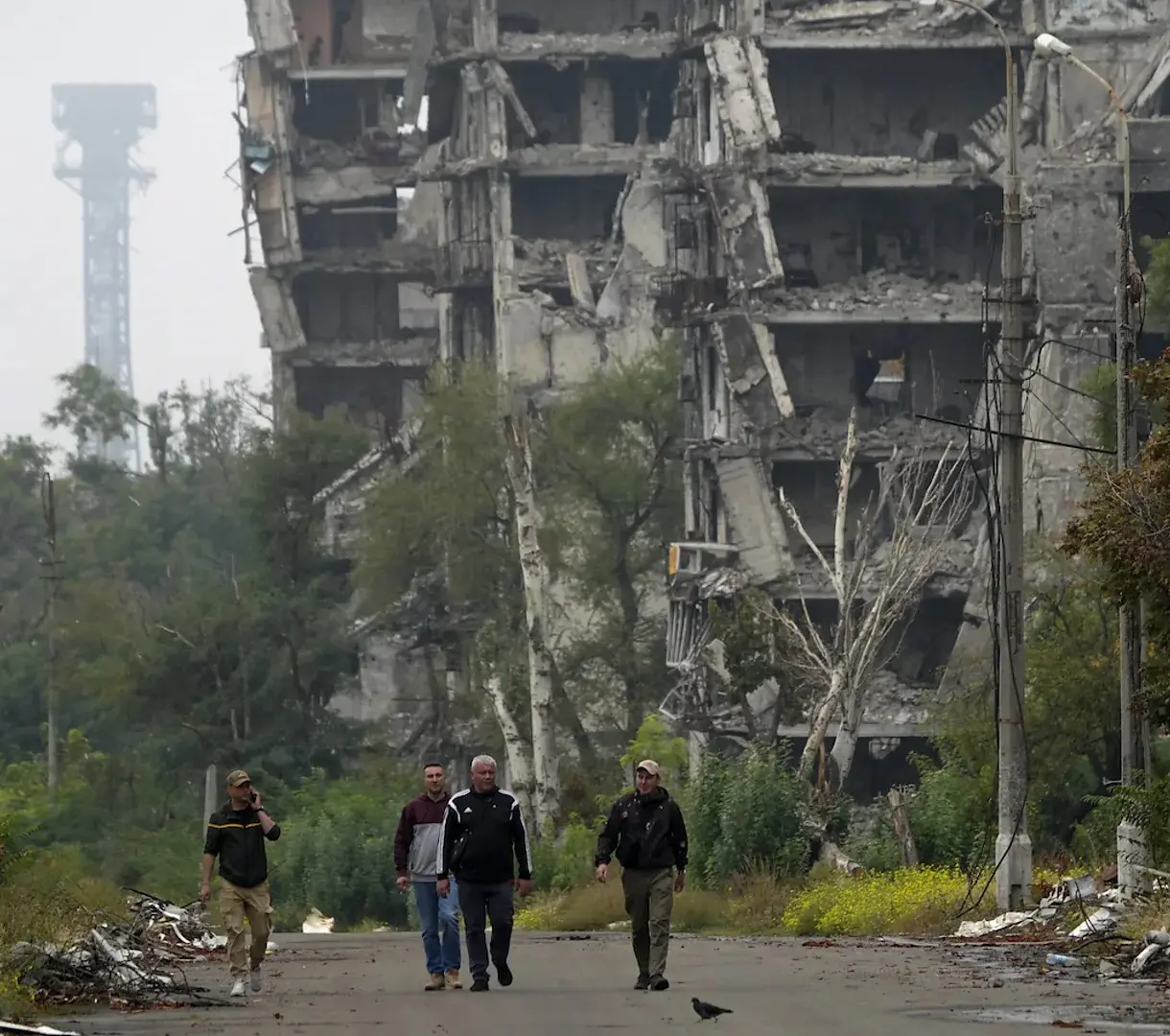
There have been reports for some time that Russia has been seizing property in occupied Ukraine. But a new law has accelerated the process - and made it harder for Ukrainian owners to assert their rights.
As well as the 2,200 homes set for imminent seizure by city officials, another 3,550 have been identified for potential confiscation, city documents analysed by BBC Verify show.
Mariupol officials failed to reply when approached for comment.
Halyna is among the 350,000 Ukrainians estimated to have fled Mariupol to escape Russian occupation. We have agreed not to identify her surname because of safety concerns for her family who remain in the city.
She said her block of flats in the seaside city - which had a pre-war population of 425,000 - was heavily damaged by Russian tank fire during the siege. She has been told the "windows and doors" of the flat have been repaired, and that people are living there without her permission. She fears her flat will be seized.
“This is legalised stealing of property,” she said.
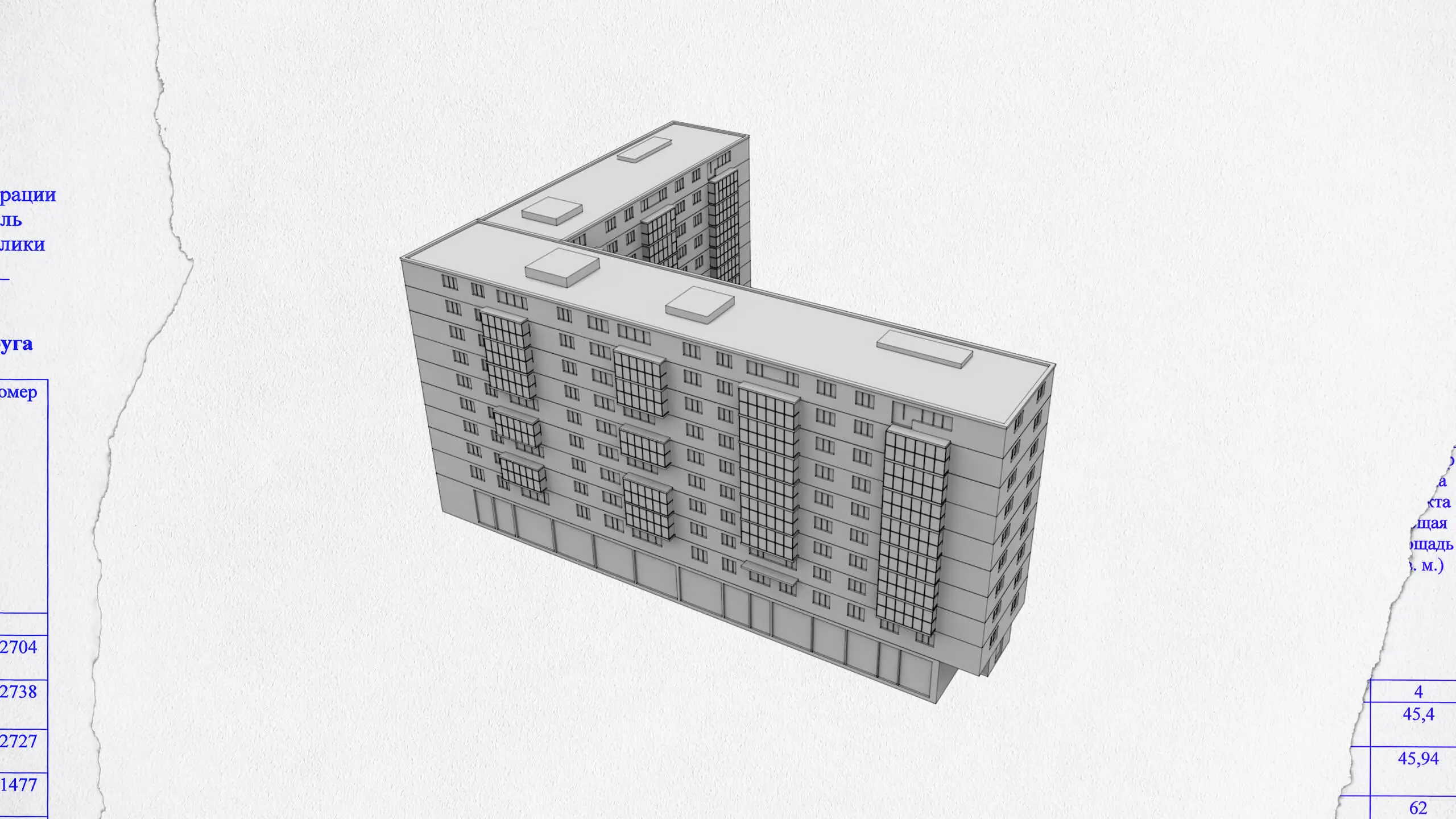

Russian officials use the term “ownerless” to describe homes they say are not in use or have no legal owner - effectively property not registered in Russia.
But these flats do have legal owners - including Ukrainian residents who fled Russian occupation, or the heirs of those who died in Russian attacks.
Official documents posted on the pro-Russian administration’s website show the complex process - outlined below - that leads to properties being seized after they are reported by local inspectors or residents.
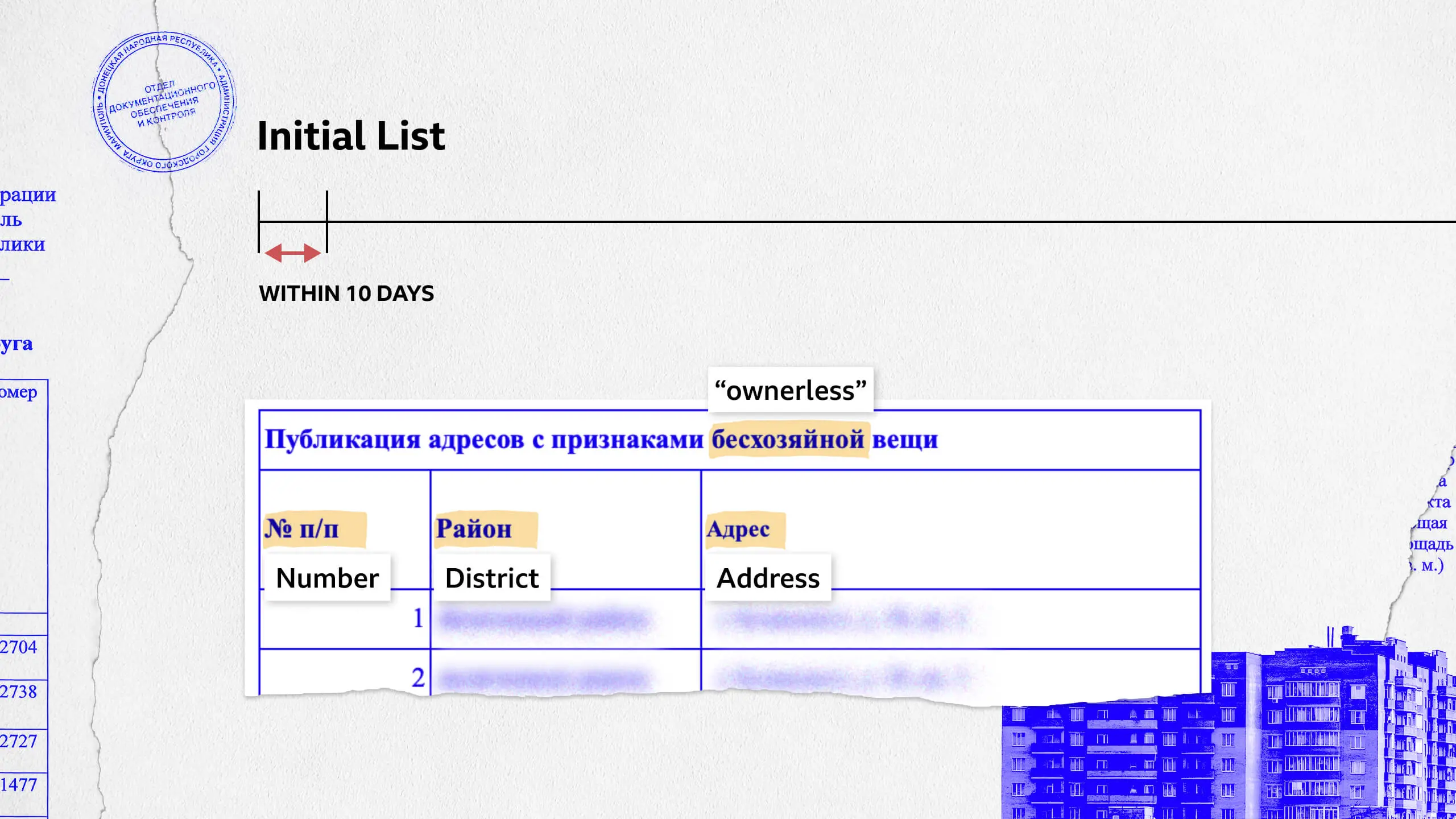
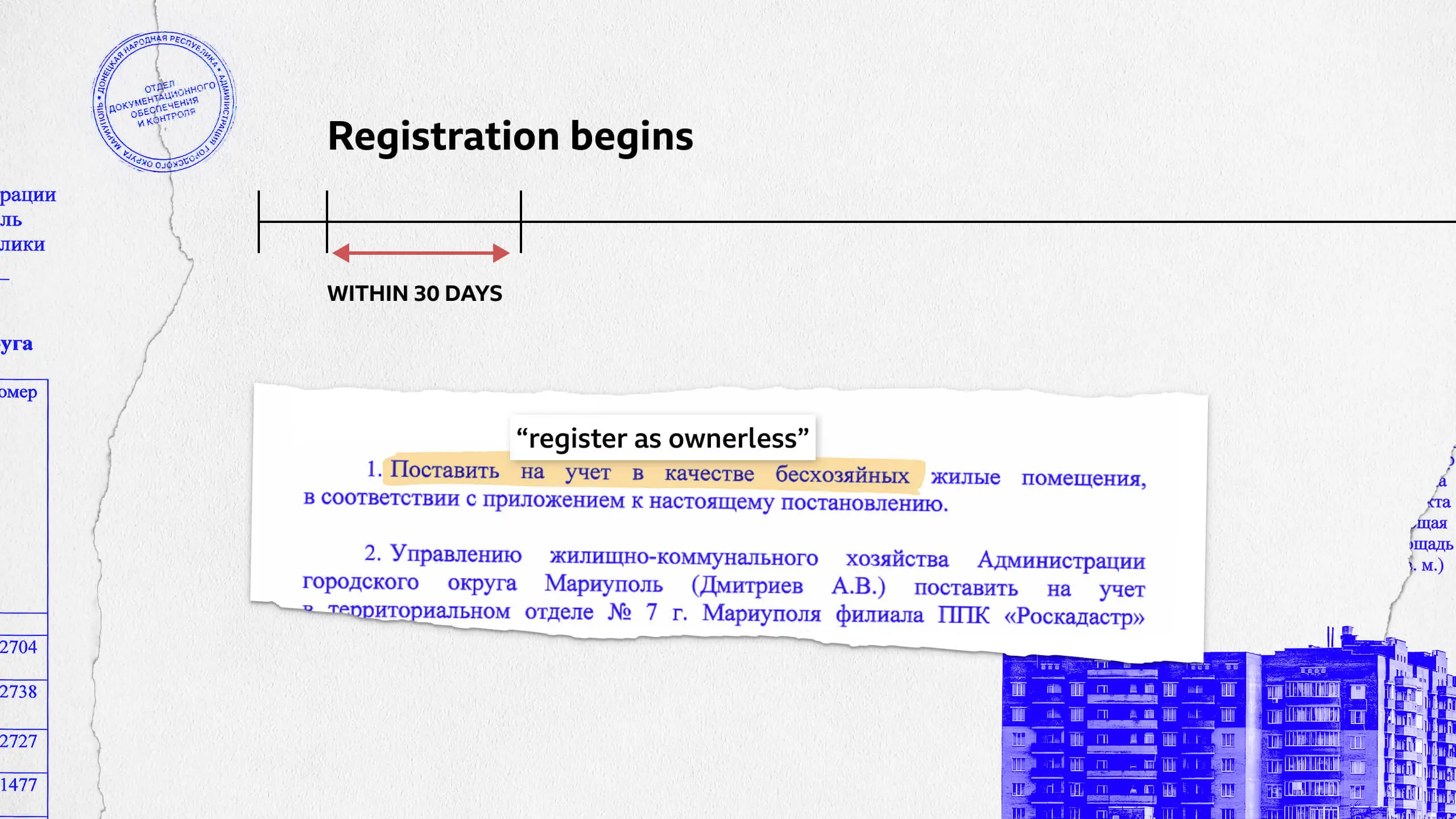

We could not find records of how many flats have passed the final court stage. But at a recent conference Oleg Morgun - the Russian-installed mayor of Mariupol - said a final court decision had been made to seize some 600 flats.
In practice if your home gets into any of those lists your property is pretty much “impossible” to retrieve, Petro Andrushenko, a former adviser to the Ukrainian mayor of Mariupol, said. Earlier this month, Morgun insisted that homes will be taken off the register "if an owner appeals".
Once the homes have been seized, a law adopted late last year allows the authorities to transfer ownership to individuals. Only residents of the self-proclaimed Donetsk People's Republic who have lost property and hold Russian passports are eligible to obtain homes under the scheme.


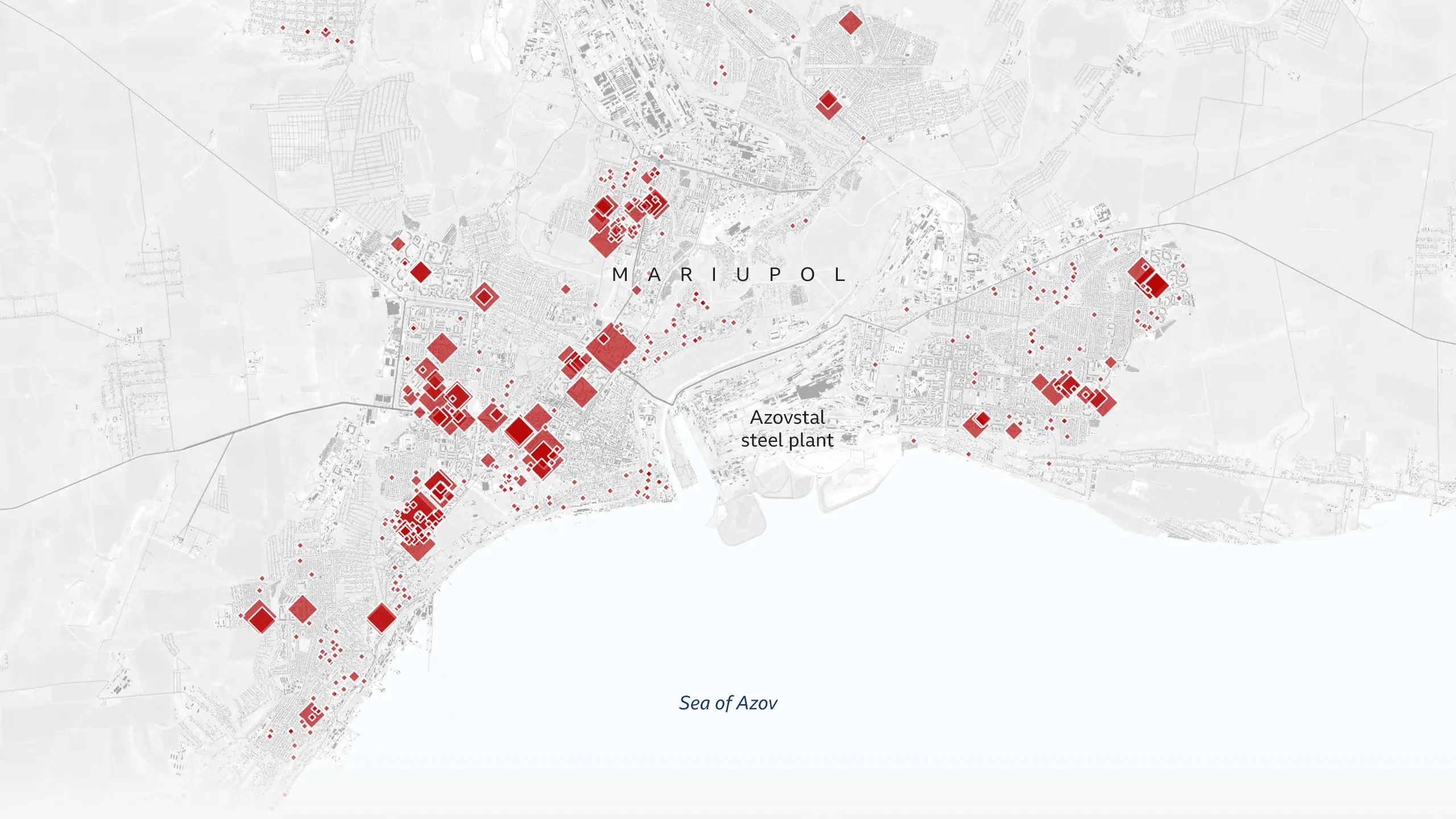
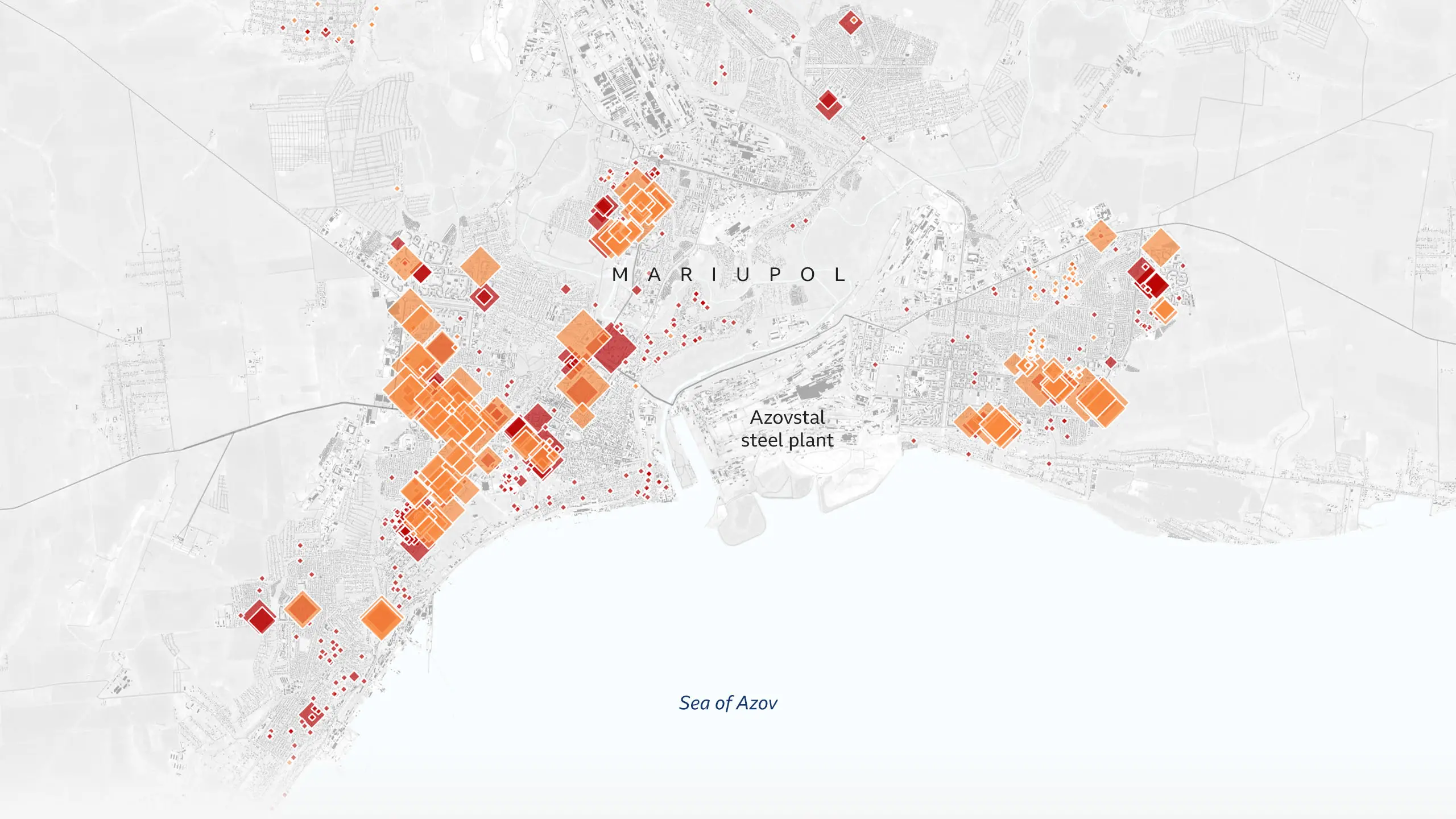
The authorities appear to be seeking to make it harder for Ukrainians to assert their rights. All homes in places like Mariupol must be registered in Russia - but a decree signed by President Vladimir Putin in March banned citizens of “unfriendly” countries - including Ukraine - from registering property in the occupied territories until 2028 without special permission.
In effect, it leaves Ukrainians with an impossible choice: their safety and their identities, or their homes.
Pavlo said he had to remain in Mariupol throughout the siege after being shot by Russian soldiers. He managed to prevent his home from being seized by obtaining a Russian passport and says that “95% of all talks in the city are about property”. The BBC has agreed to hide his real name to protect his identity.
In Telegram chats reviewed by BBC Verify - some containing thousands of users - many locals appeared confused by the process and at times didn’t understand how their property ended up being declared “ownerless”.
"The rules are not clear and are not published anywhere," Halyna said. "You can be prosecuted for anything Ukrainian in your phone or in your records they have on you."
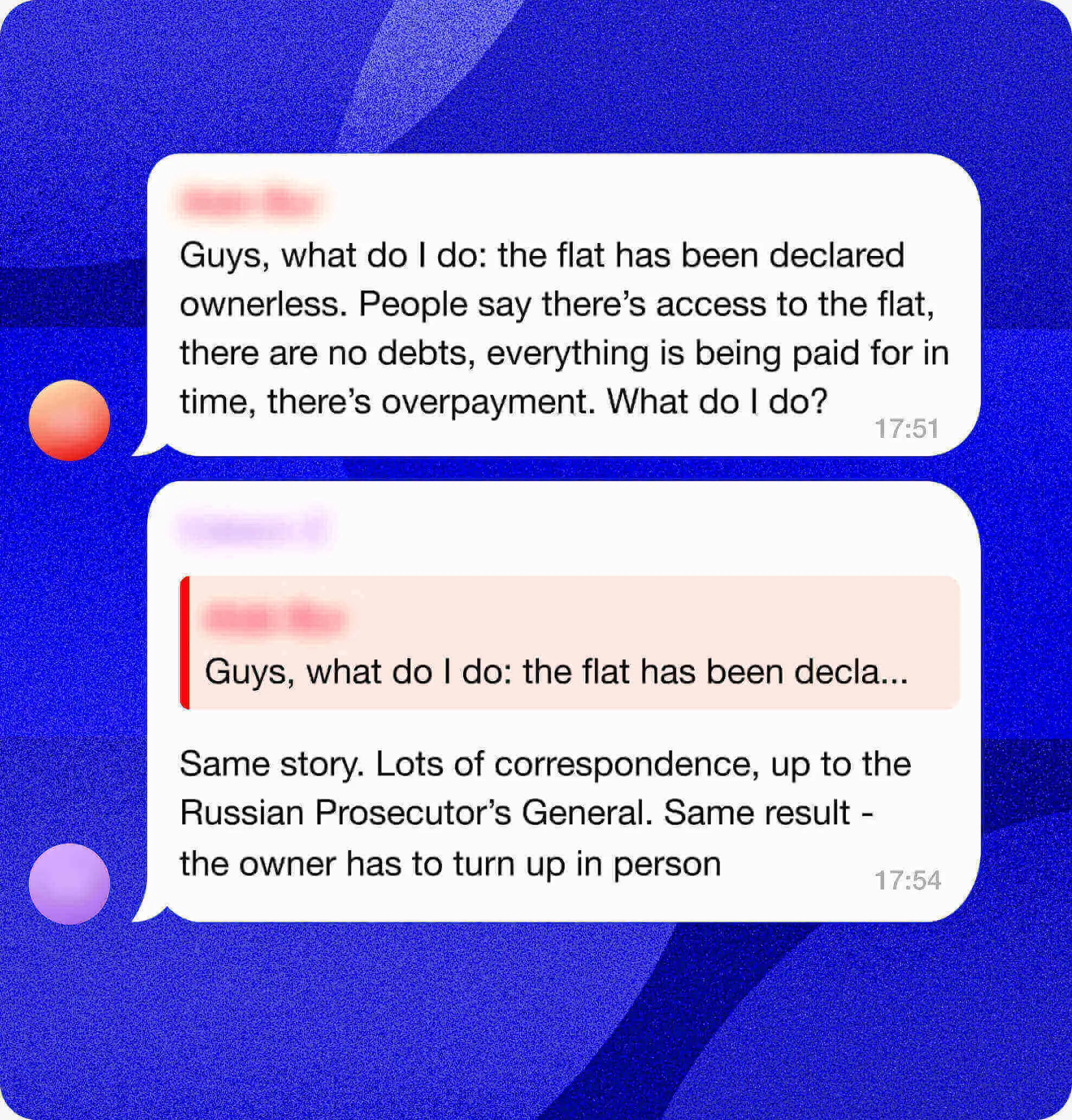
Diana Berg also fled the city to avoid Russian occupation, leaving behind her family home. She is now elsewhere in Ukraine.
To prevent the property falling into city ownership Diana's relative would have to return to Mariupol. The only way to do that is to fly to Moscow’s Sheremetyevo airport, where they would face gruelling security checks by the Federal Security Service (FSB) - known as "filtration".
Diana said there is "no way" her family could travel to Mariupol. “The ‘filtration’ procedure... can last up to a week. You are not jailed, but kept in this hub while they check you."
The housing plans appear to be part of a larger campaign aimed at “Russifying” the southern Ukrainian city. Satellite images and media reports show that a new naval academy and a large war memorial are being constructed.
A new city coat of arms has also been adopted which removes Ukrainian language and adds Russian symbols.


While many of these changes have been imposed with little pushback, the housing scheme has prompted rare criticism from remaining Mariupol residents uncomfortable with the status of the flats they are being offered.
The protests emerged after President Putin personally endorsed the scheme in December.
One legal expert said that the plan marked a clear violation of the laws of war set out in the Fourth Geneva Convention and Hague Convention, which prohibit the seizure of civilian property except in very limited cases.
Prof Nehal Bhuta, chair of international law at Edinburgh University, said the seizures were illegal as they stem from “an unlawful annexation” approved by parliament in Moscow in 2022.
For Ukrainians, Mr Andrushenko said it was a distressing and confusing process.
“It's like someone hurt you again and again,” he said. “You can’t understand how it is possible that your flat, your property [are] ‘ownerless’.
“It's like being hit on the head with a hammer.”
The BBC downloaded documents containing lists of addresses from the official website of the Russian-installed authorities publicly available in Mariupol. The addresses were standardised, and values were added for each location's latitude and longitude, enabling maps to be drawn.
If you’re interested in how BBC Verify carried out this investigation, watch the video below on how some of the data was collected.
Additional reporting
Alex Murray, Yaroslava Kiryukhina and Harriet Agerholm
Design by
Mesut Ersoz, Erwan Rivault, Louise Hunter and François de Montremy
Developed by
Giacomo Boscaini-Gilroy and Shawn Hardern
Data
ISW (7 April 2025), Open Street Map











